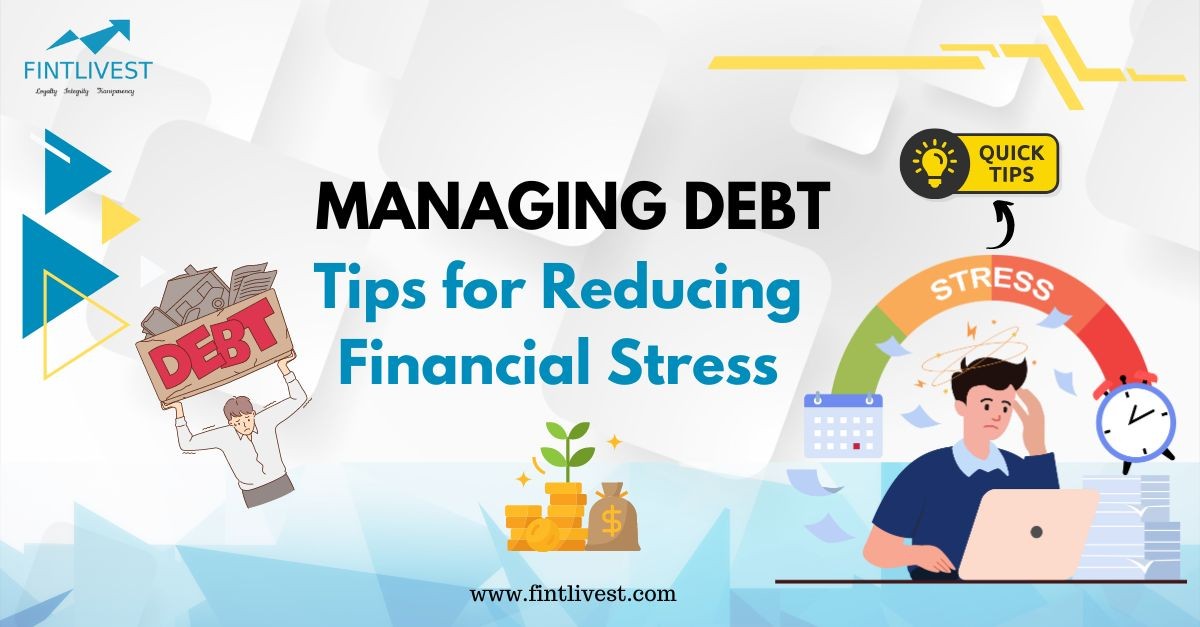Starting your investment journey doesn’t require a large sum of money. With the right strategies and tools, you can begin building wealth even with a modest amount. Here’s how you can start investing with little money and optimize your financial future.
1. Start with a Budget
Before diving into investments, it’s crucial to understand your financial situation. Create a budget to track your income, expenses, and savings. By identifying areas where you can cut back, you’ll free up extra cash that can be directed toward investments. This is a key step in ensuring you have a consistent flow of funds to invest, no matter how small.
2. Use Micro-Investing Apps
Micro-investing platforms like Acorns, Stash, and Robinhood allow you to start investing with as little as $5. These apps round up your everyday purchases and invest the spare change in diversified portfolios. Micro-investing is a great way to ease into the world of investing without needing a significant initial capital.
3. Consider Robo-Advisors
Robo-advisors like Betterment and Wealthfront offer automated investment management services at a low cost. They create a personalized portfolio based on your financial goals and risk tolerance. With minimal fees and low minimum investment requirements, robo-advisors are ideal for beginner investors looking to grow their money over time.
4. Invest in Low-Cost ETFs
Exchange-Traded Funds (ETFs) are a popular choice for those starting with little money. ETFs offer diversification by pooling money from multiple investors to buy a range of assets, such as stocks or bonds. Because they are traded like stocks and typically have lower fees than mutual funds, ETFs are accessible to investors with limited funds.
5. Participate in Employer-Sponsored Retirement Plans
If your employer offers a 401(k) or similar retirement plan, take advantage of it, especially if there’s a matching contribution. Even small contributions can add up over time due to compound interest. Starting early with a retirement plan is one of the most effective ways to invest with little money.
6. Buy Fractional Shares
Some brokerage firms, like Charles Schwab and Fidelity, allow you to buy fractional shares of expensive stocks. This means you can invest in high-value companies like Amazon or Apple without needing thousands of dollars. Fractional shares are a fantastic way to diversify your portfolio with minimal investment.
7. Invest in Dividend Reinvestment Plans (DRIPs)
DRIPs allow you to reinvest dividends earned from stocks directly back into additional shares of the company. This can be done with very little money, and over time, your investment can grow significantly through the power of compounding. Many companies offer DRIPs with no commission fees, making it an attractive option for new investors.
8. Start with Peer-to-Peer Lending
Peer-to-peer lending platforms like LendingClub and Prosper let you lend small amounts of money to individuals or businesses in exchange for interest payments. You can start with as little as $25 per loan, and the returns can be higher than traditional savings accounts, although it does come with higher risk.
9. Utilize Dollar-Cost Averaging
Dollar-cost averaging is an investment strategy where you regularly invest a fixed amount of money, regardless of market conditions. This approach reduces the impact of market volatility and ensures that you buy more shares when prices are low and fewer when prices are high. It’s a disciplined way to invest consistently over time, even with limited funds.
10. Educate Yourself Continuously
Investing wisely with little money requires knowledge. Take advantage of free or low-cost resources such as online courses, books, and financial blogs. Understanding the basics of investing, such as risk management, asset allocation, and market trends, will empower you to make informed decisions and maximize your returns.
Conclusion
Starting to invest with little money is not only possible but also a smart way to build wealth over time. By utilizing tools like micro-investing apps, ETFs, and fractional shares, you can create a diversified portfolio even on a tight budget. Consistency, patience, and continuous learning are key to growing your investments and achieving financial success. Remember, the most important step is to start, no matter how small the initial amount may be.









